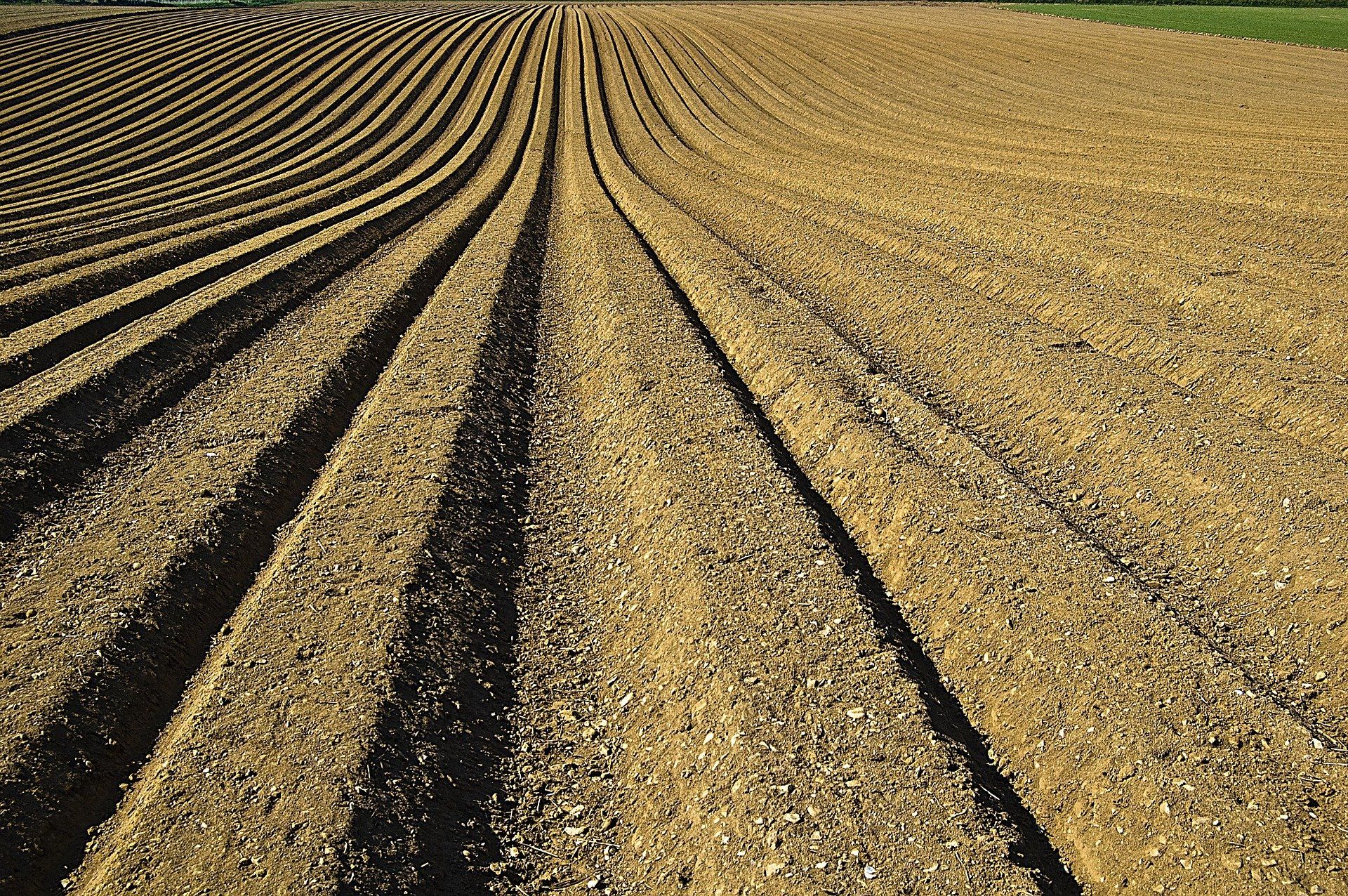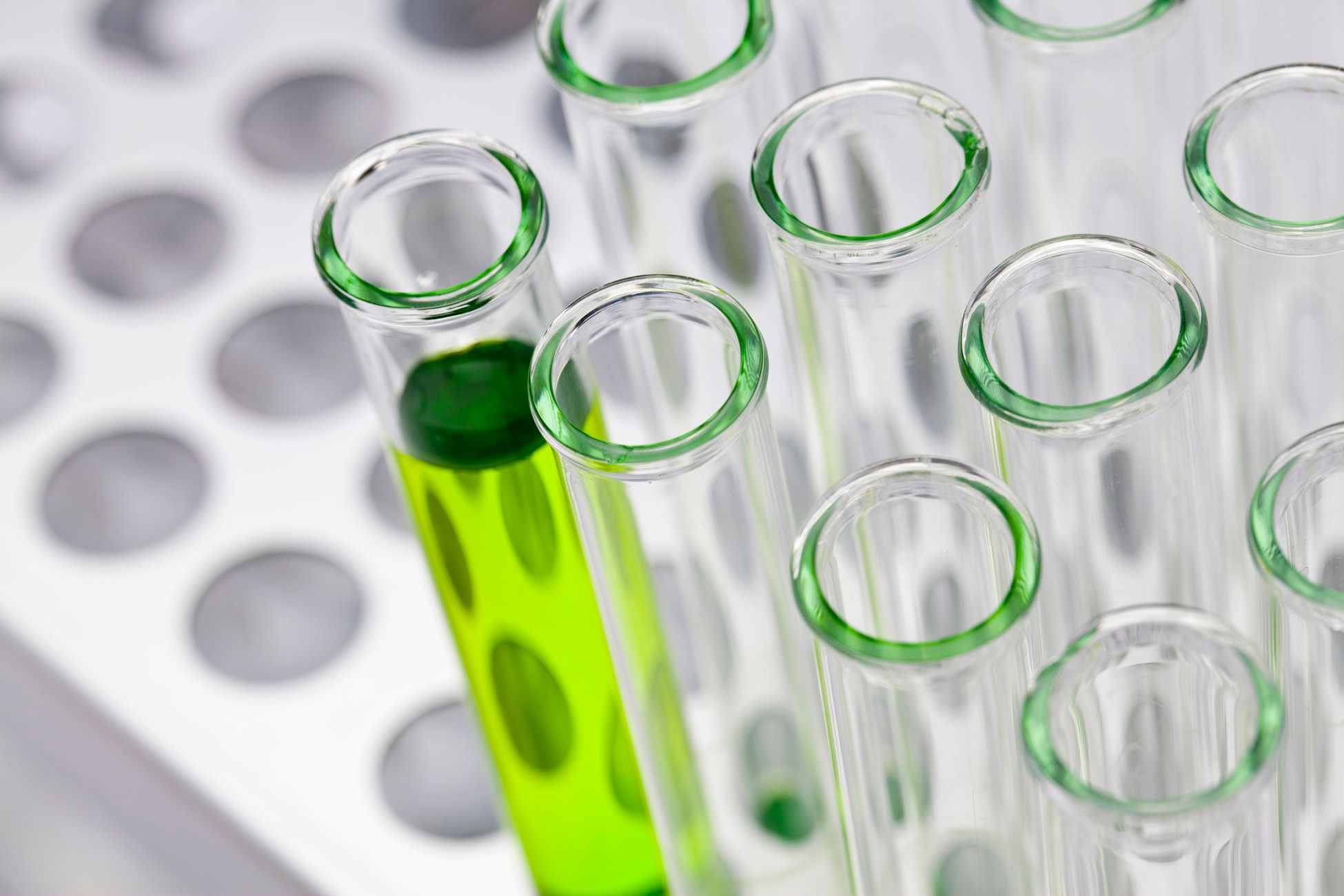We live in interesting times of discovery. Political upheaval (popularism, Brexit), societal changes (gay marriage), technological advances (self-driving cars and robotics) are all changing the way we live. While in manufacturing blockchain, Industry 4.0, and artificial intelligence are predicted to radicalise how business works.
It is therefore easy to forget that we are on the edge of a revolution in agriculture that will impact our lives just as much. The development of precision farming, the use of drones to monitor crops and livestock, the development of biofertilizers, and the increased scientific understanding of animal nutrition are all focused on increasing yields, increasing profits, and lessening the impact agriculture has on the environment.
Yet the key area of the next agricultural revolution may well turn out to be nanofertilizers. But how far have we come in their development? What have we learnt? And in which direction will farmers take them?
Nanofertilizers: How Far We Have Come
The foundations of the nanofertilizer sector are based on the premise that it is not important for a plant’s well-being how much of a nutrient is in the soil, but how much of it is available. As a result, nanofertilizer use drastically reduces waste which saves money and protects the environment.
Additionally, research has found that nanofertilizers are absorbed faster and assimilated more easily into germinating seeds and plants than bulk chemicals; allow for controlled nutrient delivery; promote seed germination and plant growth; increase photosynthesis rate and chlorophyll formation, as well as stimulate the rhizosphere and soil microflora.

To date, researchers have been able to classify nanofertilizers as follows;
a) nanostructured elements incorporated into a carrier complex which may or may not be a nanomaterial by a process of absorption,
and
b) nanostructured elements synthesized by suspension or encapsulation.
Nanoencapsulation can be carried out in three ways, as Marcel Van de Vorde, editor of Nanotechnology in Agriculture and Food Science, explains, “The nutrients can be encapsulated inside nanoporous materials, coated with a thin polymer film, or delivered as particles or emulsions of nanoscale dimensions.”
However, as in any new scientific field, researchers are still experimenting to define how these different classifications and encapsulation techniques influence nanofertilizer results. At the same time, the effect of different raw materials used in nanoparticle form are also being analysed.
The most commonly used nanofertilizer raw materials at present are nano-iron, nano-copper, nano-silver, and nano-titanium dioxide. However, the application of nano-silicas is also coming under greater scrutiny.
As a study entitled Agrochemical from Nanomaterials – Synthesis, Mechanisms of Biochemical Activities and Applications, explains, nanoparticles of silica dioxide having recently been found to, “… increase photosynthetic rate by improving the activity of carbonic anhydrase, which provides carbon dioxide to ribulose-1,5-bisphophate carboxylase and the synthesis of photosynthetic pigments.”
This discovery is not atypical of the nanofertilizer sector. Where raw materials applied as nanoparticles are found to take on new significance in plant health. But as with all new discoveries, the full effect remains unknown.
How will crops respond in situ? How will the application of chemical nanoparticles effect the environment? How feasible is industrial scale production?
For every answer nanofertilizer researchers provide, more questions prevail.
Nanofertilizers: Where We Are Heading
The Agrochemical from Nanomaterials study, a work by a combined team from Szent Istvan University in Budapest and Adamas University in Kolkata, further outlines some of the obstacles facing the nanofertilizer industry, stating that, “Despite considerable applications of nanotechnology in agriculture, some of the issues that require attention are:
1. Comparison effects of nanoformulations/nanosystems with existing technologies in order to demonstrate real practical advantages
2. Acquisition of knowledge and developments of methods for risk and life-cycle assessment of nanopesticides and other nanomaterials as well as assessment of impact on non-target organisms like other plants and soil microbiota
3. Design of processes that are easily scalable up at industry level
4. Advances in the regulations about the correct use of nanomaterials”
Nanofertilizers are still in their childhood, struggling to be heard in an industry that is as old as civilization. Yet few would doubt that nanotechnology products have a role to play in the agrichemical industry of the future.
The scientific evidence that we do have, makes the positive effect of nanofertilizers clear. For example, a report published in the International Journal of Agronomy and Agricultural Research (pdf) cited numerous studies proving the success of nanofertilizer use. “For instance, Sirisena et al. (2013) obtained higher grain yield in rice with the application of nano-K fertilizer. This is in agreement with the findings of Liu and co-workers (2009) who reported that nanofertilizer application increased crop yield by 20-40%. Another experiment conducted by Delfani et al. (2014) obtained the highest yield in black-eyed pea (245 g, a 13.5% increase over the control)…”

Some farmers have begun investing in nanofertilizers and industry consultants are predicting continued growth. For example, one researcher for the NanoInnovation 2018 conference in Rome, found that the website Alibaba was selling 589 products labelled as nanofertilizers.
But despite these positive test results and hints at sales expansion, only now is the agricultural industry seriously considering a towards nanofertilizer.
As the industry journal World Agriculture reports, “That it has taken several decades for this paradigm shift in thinking may be the result of lack of research funding and a low level of innovation in the area of fertiliser.”
Noting that, “Perhaps, this view is mirrored by the number of patents using nanotechnology in fertiliser development (slightly more than 100 patents and patents applications from 1998 to 2008) compared to the pharmaceutical domain which is thronged with over 6000 patents and patent applications during the same period.”
Meanwhile, sales of traditional bulk agrichemicals, despite their known inefficiencies and the damage they cause to soil and wildlife, massively outweigh nanofertilizer sales. Yet, still few are talking about the power of nanofertilizers to cure these ills.
Current environmental debate rages against ocean plastic and carbon emissions; both worthy causes. However, neither of these massive problems have an easy answer. Replacing a cheap and versatile product like plastic and removing mankind’s dependency on fossil fuels are not easy tasks.
Nanofertilizers offer a fantastic solution to the challenges of agrichemical waste and increased food production, but the airwaves remain silent on the topic.
As the World Agriculture report concludes, “There has been a paucity of discussion on fertilisers.”
Photo credit: Nanotechnology in Agriculture and Food Science, World Agriculture, Agribusinessintelligence, & Asianscientist
